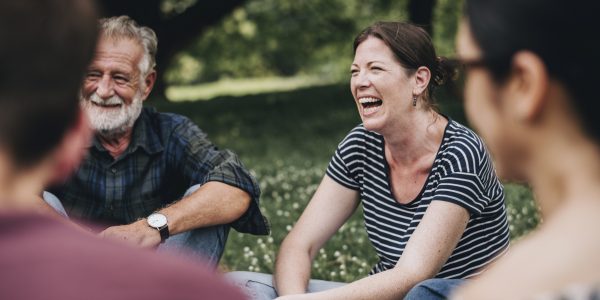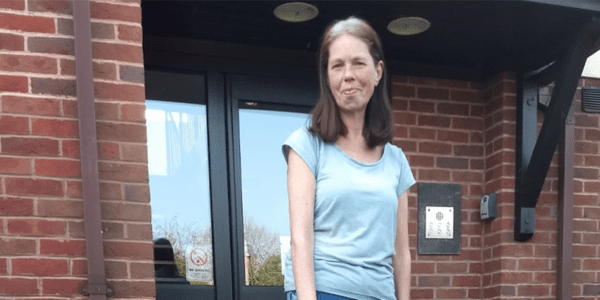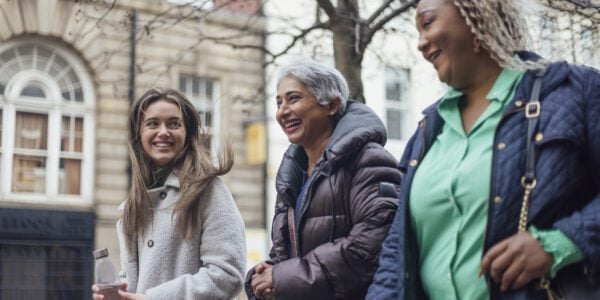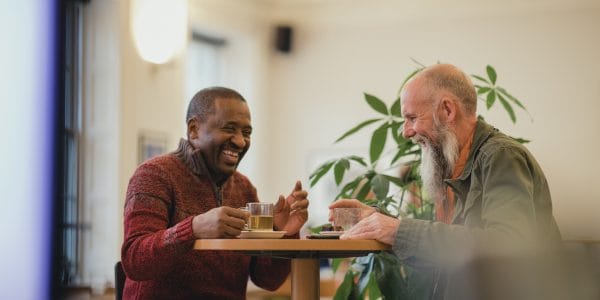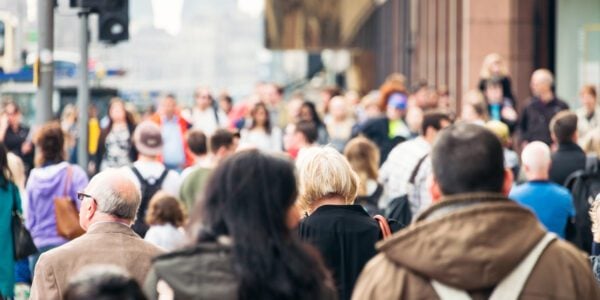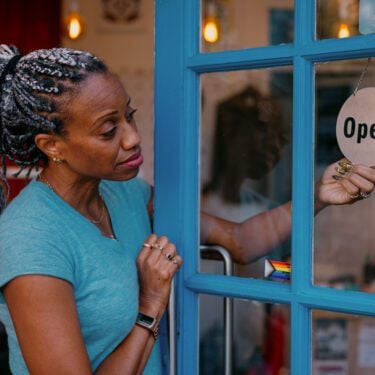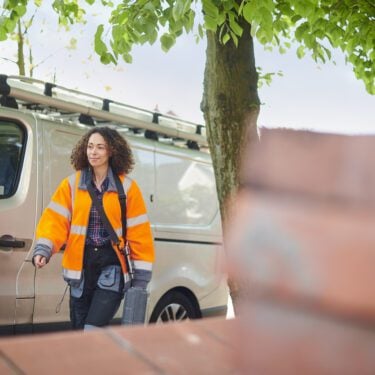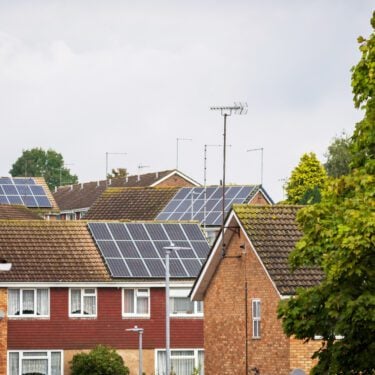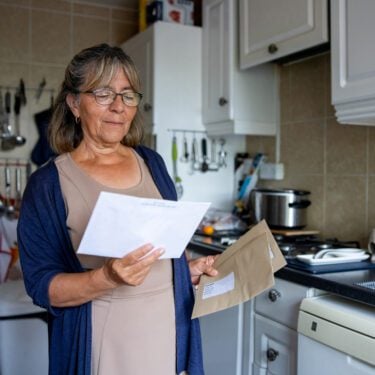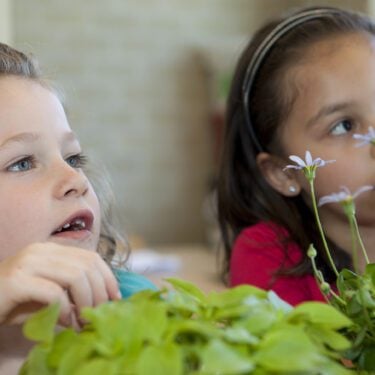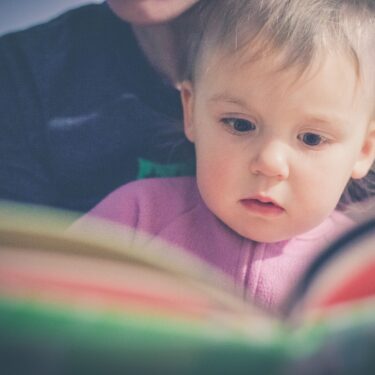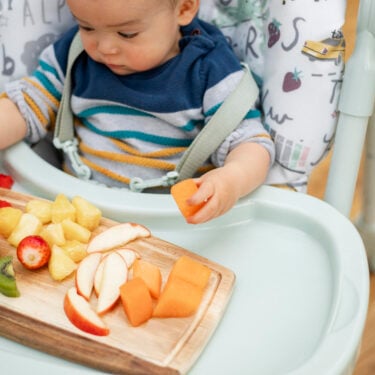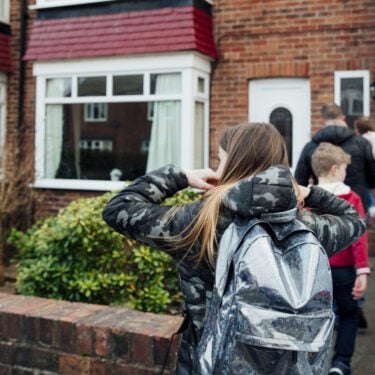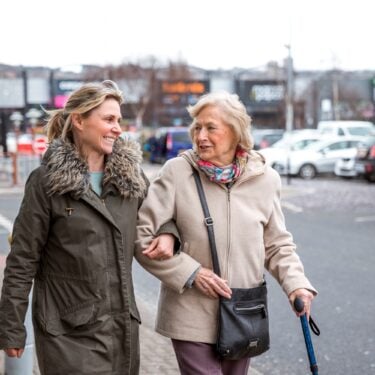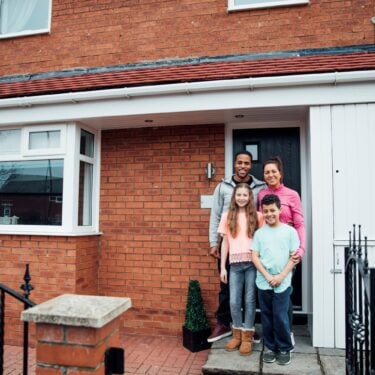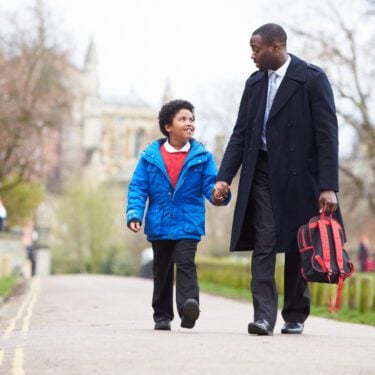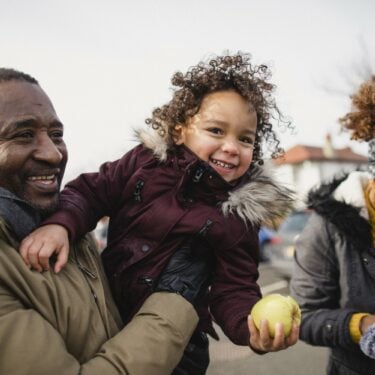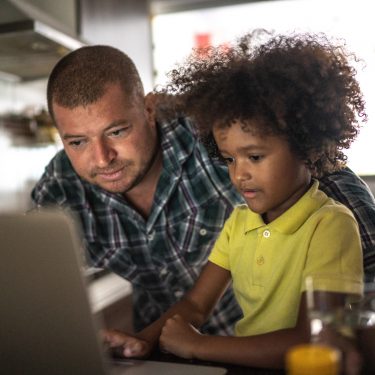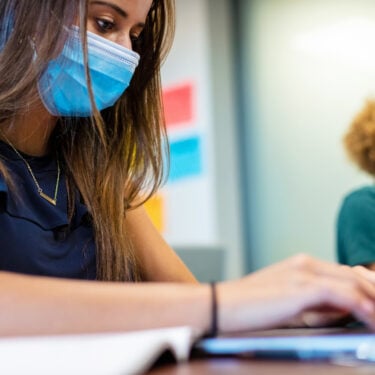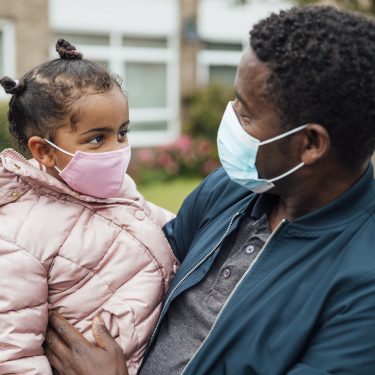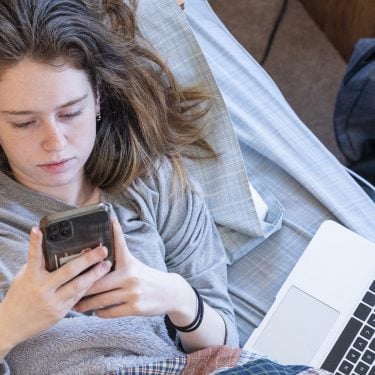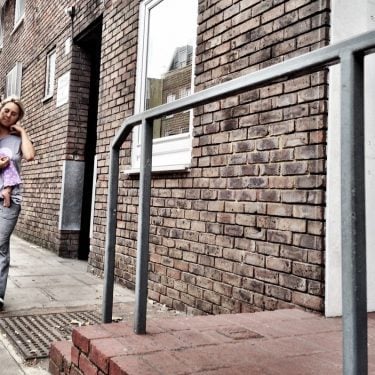
21/05/21
3 min read
Fewer than 1 in 3 people (29.1%) say that they ‘completely’ understand the current UK COVID-19 lockdown rules, find UCL researchers as part of the Nuffield-funded COVID-19 Social Study.
This is at its lowest level since November 2020, when just 1 in 5 said they ‘completely’ understood the rules, and down on the peak of 35.2% which was reached in February 2021. Despite this, ‘majority’ understanding of the rules remains high, with just under four fifths (79.2%) of people saying they understand the majority of lockdown rules. Over 9 in 10 (91%) of people also say they are complying with the ‘majority’ of lockdown rules.
In England, understanding of the rules is markedly lower among adults aged 18-29 versus the rest of the population, with 18% of this group reporting complete understanding and 67% majority understanding. This is compared to 32% of those aged 30-59 reporting complete understanding and 82% majority understanding, and 35% of those over 60 reporting complete understanding and 85% majority understanding.
As lockdown eases, many people have been taking advantage of the relaxation of rules, with over half (52.2%) of people having left home to meet up with friends or family. Over two fifths (42.9%) have left home to shop for something other than food or essentials, and 17.5% of people reported having gone out for meals and entertainment.
Over a third (34.9%) of respondents had left home to work, a figure which has increased slightly since the easing of restrictions.
Launched in the week before lockdown started, the ongoing UCL COVID-19 Social Study is funded by the Nuffield Foundation with additional support from Wellcome and UK Research and Innovation (UKRI). It is the UK’s largest study into how adults are feeling about the lockdown, government advice and overall well-being and mental health with over 70,000 participants who have been followed across the last 60 weeks.
Lead author, Dr Elise Paul (UCL Institute of Epidemiology & Health) said:
“Our report shows that as lockdown eases, people’s understanding of the rules has fallen. One potential reason for this is that the complete lockdown carried a very clear set of restrictions which have now become more nuanced and complicated. The reduction in perceived threat from the virus may also have led people to relax somewhat and pay less attention to the details of current Covid-19 guidance.
“We can also see that people have been keen to take advantage of the easing of lockdown restrictions in the UK. It is unsurprising that the majority of people have opted to meet with friends and family that they may not have seen for months, or to go to shops which have been closed since last year.
“The relatively small number of people reporting going out for meals and entertainment could be explained by pubs and restaurants being open for outside drinking and dining only, at a time when the weather has been unpredictable to say the least. Cinemas and other entertainment venues are also only just starting to open up now, so we may well see an increase in these numbers over the coming weeks.”
Happiness and life satisfaction has been increasing among respondents since the end of January this year, and levels are now at the highest point since the study began. All demographic groups have reported increasing levels of happiness and life satisfaction since the easing of restrictions for the latest lockdown.
However, there are still differences across demographic groups, with younger adults, women, people living alone, those with a mental health condition, those with lower household incomes, people living in cities/towns, people with a long-term physical health condition, and people from ethnic minority backgrounds (although smaller sample sizes compared to people with white ethnicity mean there has been greater volatility in these data) all continuing to have lower levels of life satisfaction than the average across the whole population.
Worries about finance have remained relatively stable since the latest lockdown started and are comparable to their lowest levels of around a quarter of people over the summer of 2020.
Whilst people are reporting higher levels of happiness and life satisfaction since Covid-19 restrictions have eased, it is striking that 1 in 4 people continue to worry about their finances. Financial stress is disproportionately affecting some groups, including those living with children, people with lower incomes and people from ethnic minorities. The Government should provide support for those facing financial uncertainty in the wake of pandemic, as part of a broader strategy to build resilience and improve living standards.”Cheryl Lloyd, Education Programme Head at the Nuffield Foundation
COVID-MINDS Network
The study team is also running the COVID-MINDS Network: an international network of over 140 longitudinal mental health from over 70 countries. Through the network, dozens of scientists and clinicians are coming together internationally to collate results from mental health studies running in countries around the world and compare findings. The initiative is supporting the launch of new mental health studies in other countries, to research whether actions taken in specific countries are helping to protect mental health.
